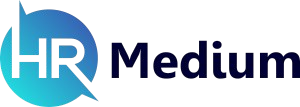HR isn’t just about hiring and firing. It’s the heartbeat of any organization, influencing everything from employee satisfaction to overall business success. To truly maximize HR performance, you need more than just gut feelings; you need data. That’s where HR metrics come in. By tracking and analyzing the right metrics, you can transform HR from a cost center to a strategic business partner.
Understanding HR Metrics
HR metrics are quantifiable measures used to track and assess the efficiency and effectiveness of various HR processes. These metrics provide a data-driven approach to manage and improve HR performance. Common HR metrics include employee turnover rate, time to hire, employee satisfaction, and training effectiveness. By focusing on these key metrics, HR professionals can identify areas for improvement and implement strategies to enhance overall performance.
Why the Right HR Metrics Matter
Choosing the right HR metrics is essential. Not all metrics are created equal, and some may be more relevant to your organization’s goals than others. The right metrics provide insights into how well your HR strategies are working and highlight areas needing attention. For example, a high turnover rate might indicate issues with employee satisfaction or engagement, prompting a deeper investigation and targeted interventions.
Key HR Metrics to Track
To maximize HR performance, focus on the following key HR metrics:
- Employee Turnover Rate: Measures the rate at which employees leave the organization. A high turnover rate can signal dissatisfaction or poor workplace culture.
- Time to Hire: Tracks the average time it takes to fill a vacant position. Reducing this metric can lead to cost savings and increased productivity.
- Employee Satisfaction: Gauged through surveys and feedback, this metric helps in understanding how happy and engaged your employees are.
- Training Effectiveness: Assesses the impact of training programs on employee performance and skill development.
How to Maximize HR Performance
To maximize HR performance, use the data from these metrics to inform your HR strategies. Regularly review and analyze the metrics to spot trends and make proactive adjustments. Implementing HR software solutions can streamline data collection and analysis, making it easier to stay on top of your metrics.
Conclusion
Knowing how to maximize HR performance with the right HR metrics is a game-changer. By focusing on relevant metrics, you can gain valuable insights, improve HR processes, and drive better business outcomes. Remember, the key to success is not just collecting data but using it effectively to make informed decisions. Start today by identifying the right HR metrics for your organization and watch your HR performance soar.

